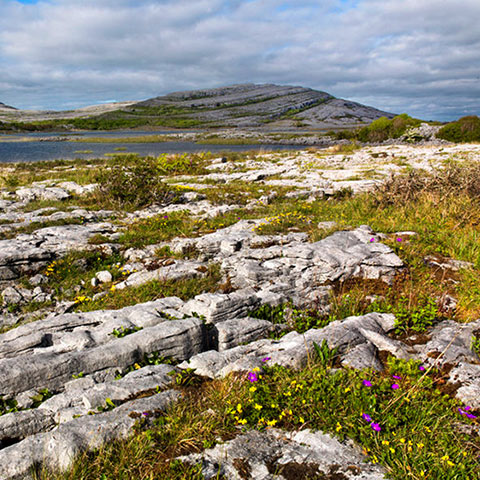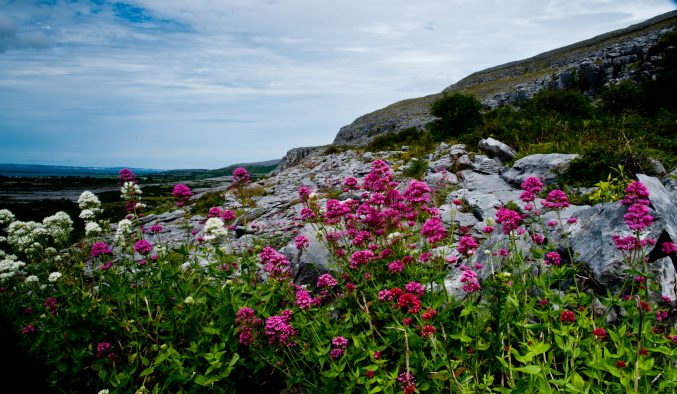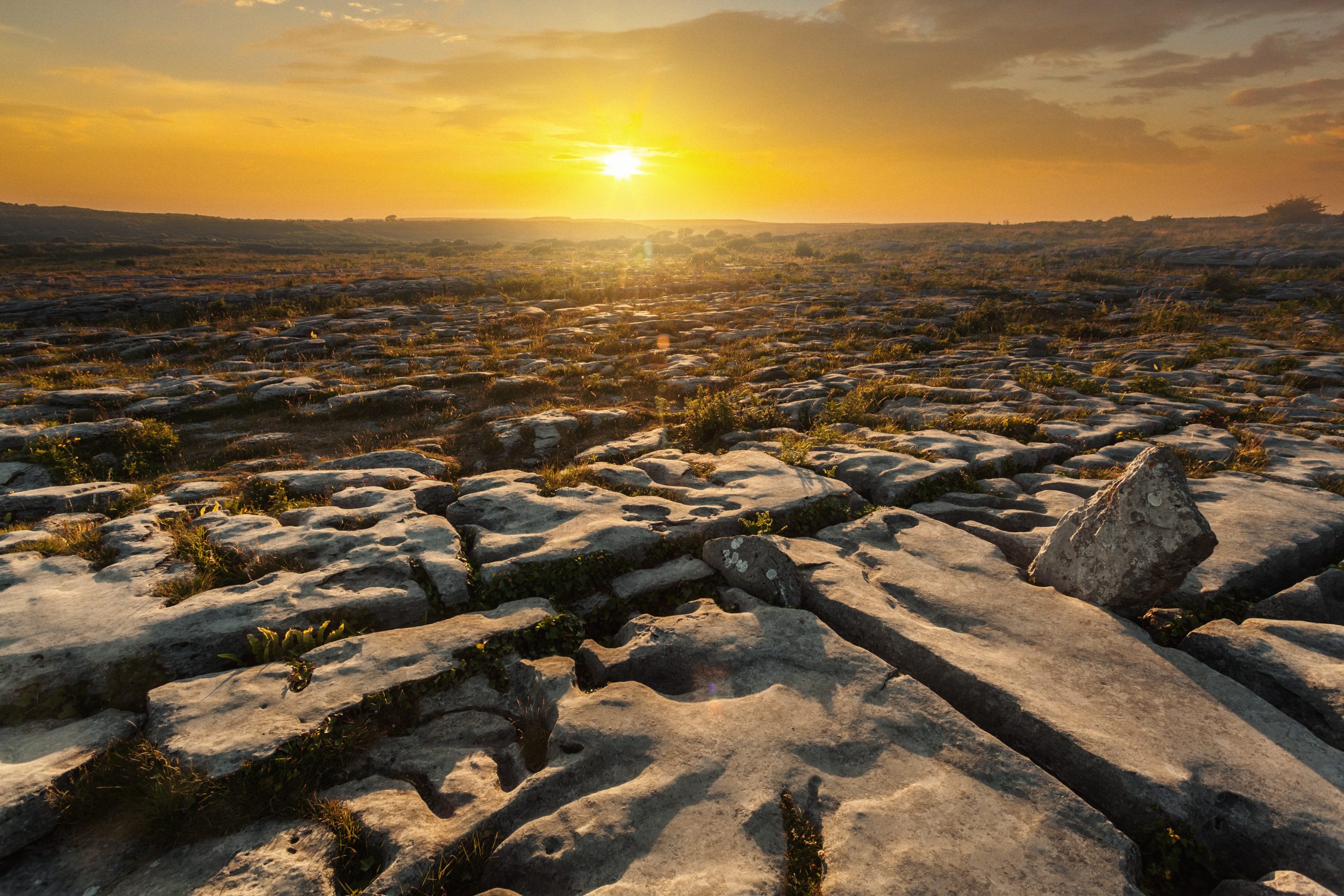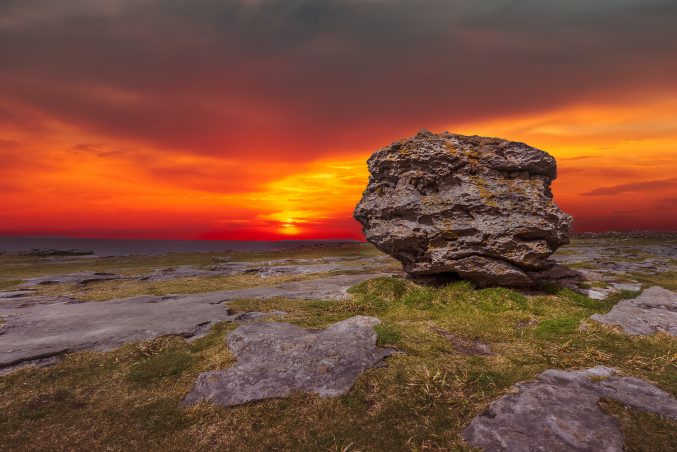The Burren has been welcoming visitors since the early 1850s when the first hotels were built around the Lisdoonvarna spa wells.
It is a place of tradition, music, adventure and great local food. It is where the Atlantic meets Europe, its ferocity matched by its richness and its fertile rock. The vast, Karst landscape, created where limestone is dissolved by acidic rain and groundwater, makes it one of Ireland’s most compelling landscapes.
When you come to North Clare and stay, you will see why the locals cherish and protect this award-winning destination and will leave you wishing you stayed longer. Today, it is an internationally recognised sustainable tourism destination.
Find out more about where to stay, where to dine, what to do and our commitment to sustainability. Visit the Burren, stay another night!
The Burren has internationally renowned caves, award-winning Burren Food Trail, Island Ferries and Cliff Cruises, Interpretative Centres and excellent accommodation that all work together with the UNESCO Global Geopark to ensure the sustainable development of communities, environment, and heritage.






